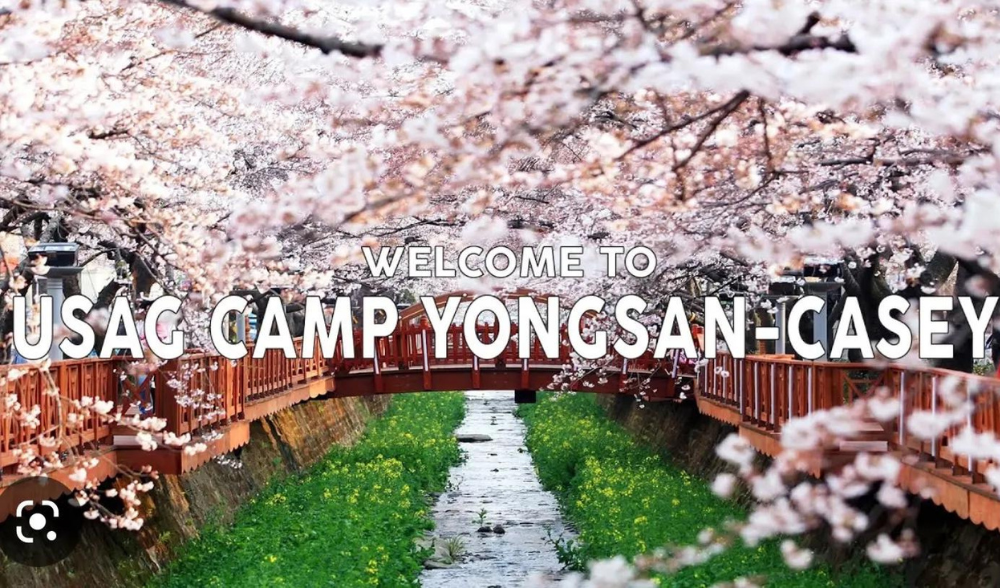MADELINE MICHEL WRITES- Since the signing of both the 2002 Land Partnership Plan and the 2004 Yongsan Relocation Plan, the process of returning the land of the U.S. Army Garrison Yongsan-Casey, located in Seoul, to the Republic of Korea has been in motion. Yet the transition has been slow and while many military operations on the garrison have been shut down, the U.S. military still holds ownership over some of the structures on the site, including the on-base hotel, the Dragon Hill Lodge.
The Yongsan compound, the land that comprises USAG Yongsan-Casey, was acquired by the U.S. in 1948, three years after the Japanese stopped using it as headquarters for their forces during the annexation of Korea. Since then, it has been home to both American and Korean forces and has hosted numerous visiting American politicians, including Hillary Clinton and former President George W. Bush. Throughout its operation as an American garrison, the post’s main purpose has been to support the Eighth Army, which controls all U.S. forces in South Korea.
Now, though, the garrison’s responsibilities have been heavily restricted and the majority of U.S. army personnel in South Korea are being relocated to USAG Daegu, about three hours south of Seoul in Daegu, and USAG Humphreys, about one hour south of Seoul in Pyeongtaek. Most recently, by 2022, the U.S. had returned 634,000 square meters of Yongsan-Casey land to the South Korean government, but this constitutes just one-third of the garrison.
What’s taking so long? Although no official reason has been given, one difficulty is environmental contamination. Petroleum hydrocarbons, including the known carcinogenic benzene, have been found in the groundwater surrounding Yongsan-Casey, with the garrison being the presumed point of origin. As Ji Da-gyum of The Korea Herald writes, “South Korea’s stance is that they would pay the decontamination costs to first ensure public safety while continuing discussion with the U.S. to seek solutions.” This has created controversy because it was U.S. forces that contaminated the land, so many believe the cleanup bill should be the responsibility of the U.S.
Despite the delays, some feel renewed hope due to the recent election of Yoon Suk-yeol, whose presidency thus far has included many drastic and fast-paced changes. For one, his office has been relocated from the Blue House, where South Korean leaders since 1948 have been headquartered, to a defense ministry complex that borders the Yongsan-Casey complex. His plan for the garrison’s land is to turn it into a public park to be used not only for recreation, but as a way to gain visibility with the public and create a sense of closeness with the residents of Seoul.
So, while this process of closing-down the garrison has taken over almost two decades, there may be valid reasons for the delay, such as the need to reverse the environmental damage. Maybe a steadfast leader can help implement the necessary steps forward, and the dream of a public park taking the place USAG Yongsan-Casey can be realized.

